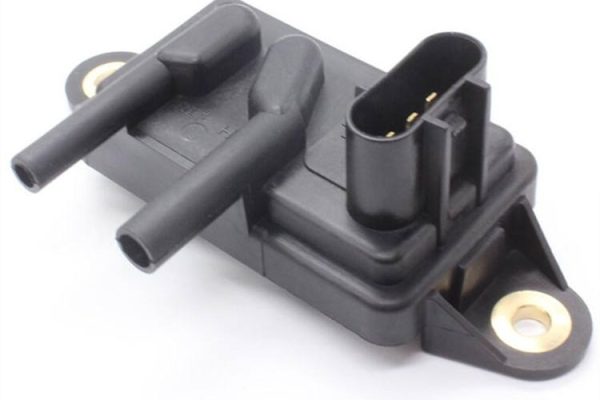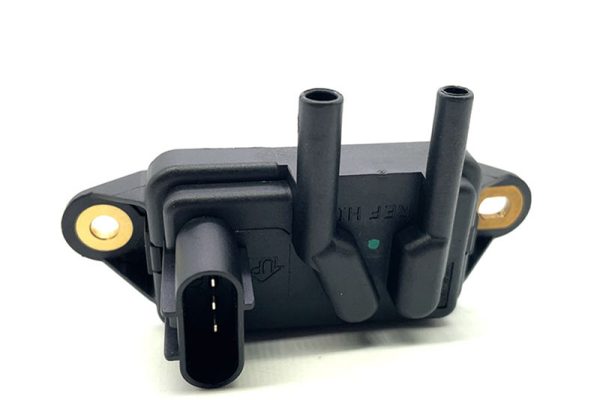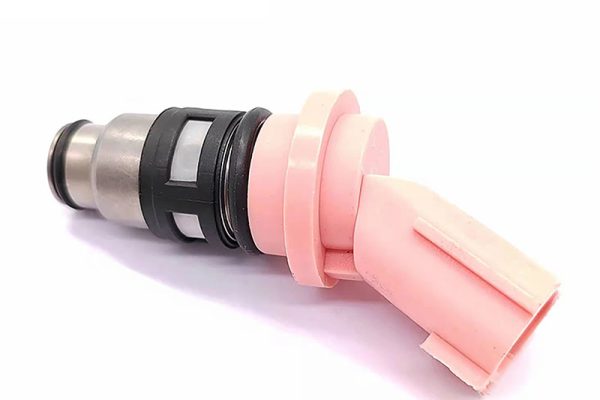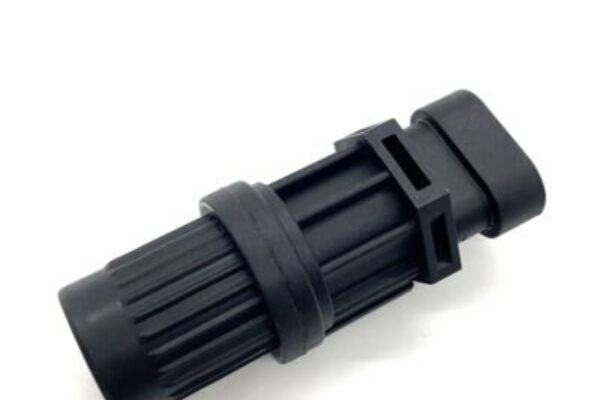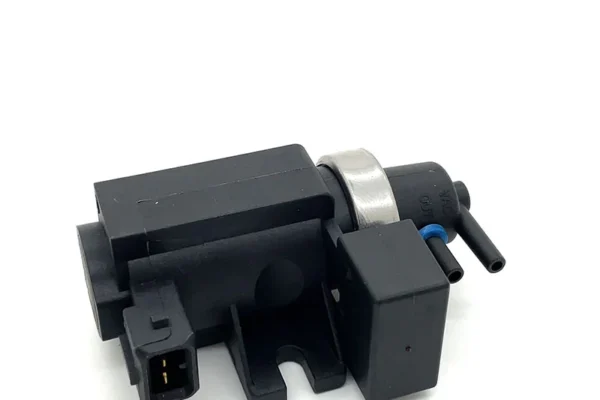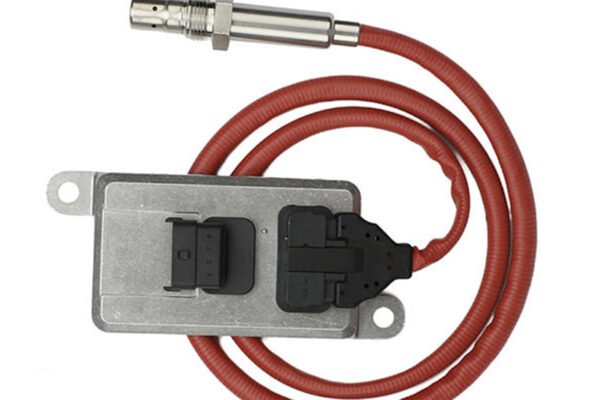A knock sensor hears odd sounds in the engine. When it finds engine knock, it tells the car’s computer to adjust things. Drivers trust the knock sensor to protect their engines. The knock sensor lets the engine work well and stops costly harm.
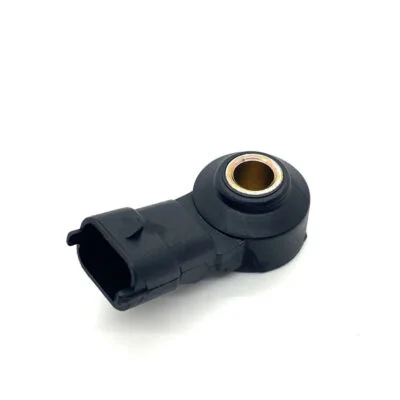
Engine Knock
What Is Engine Knock
Engine knock happens when fuel burns unevenly in the cylinders. Drivers may hear a pinging or tapping noise. This sound means the air and fuel explode at the wrong time. The knock sensor listens for these noises. It helps the car’s computer find engine knock early.
The knock sensor works like a guard. It always checks for odd vibrations. Engine knock can happen when you speed up fast or the engine works hard. The knock sensor helps the engine run well by finding these problems quickly.
Why Engine Knock Is Harmful
Engine knock can hurt the engine. When fuel explodes at the wrong time, it makes extra pressure. This pressure can damage pistons, cylinder walls, and spark plugs.
- Engine damage can lead to expensive repairs.
- Drivers may see bad performance or use more gas.
- The knock sensor helps stop engine damage by warning the car’s computer.
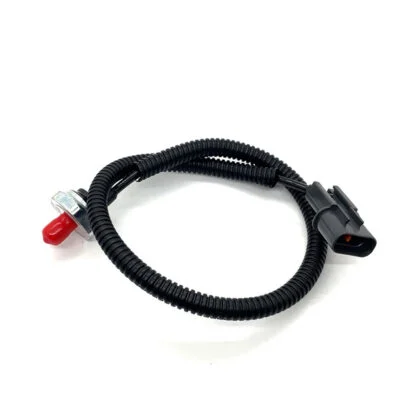
Knock Sensor Function
How Does a Knock Sensor Work
A knock sensor works like the engine’s ears. It sits near the engine and listens for odd shakes. When the engine runs, the sensor feels every movement. If it finds engine knock, it acts quickly.
The knock sensor uses a piezoelectric crystal. This crystal makes electricity when it feels shaking. The signal changes with the strength and pattern of the shake.
You can think of the knock sensor as a microphone. It picks up sounds and sends signals. Modern cars have smart knock sensors. They can find even tiny knocks. For example, Knock sensors for Mitsubishi Montero help stop engine knock before it causes problems.
Knock Sensor Location
Car makers put the knock sensor on the engine block, cylinder head, or intake manifold. The sensor must be close to where engine knock starts.
Most engines have one knock sensor. Some engines use two or more. The spot helps the sensor catch shakes fast.
- Mechanics look near the middle of the engine to find the sensor.
- The sensor’s spot makes it easy to change a bad sensor.
- A good spot helps the sensor stop engine knock and protect the engine.
Signal to ECU
When the knock sensor finds engine knock, it sends a signal to the engine control unit. The engine control unit is like the car’s brain.
The signal tells the unit something is wrong. The unit then changes the ignition timing. This helps stop engine knock and keeps the engine running well.
Here is a simple table that shows what happens:
| Knock Sensor Detects | Signal Sent | ECU Action | Result |
| Engine knock | Yes | Change timing | Stop engine knock |
| No knock | No | Normal timing | Smooth engine running |
Performance Impact
A working knock sensor helps the engine run well. It stops engine knock before it can hurt the engine.
Drivers see better engine performance when the sensor works. The car uses less gas and feels smoother.
- The knock sensor helps stop engine knock and keeps the engine strong.
- Good engine performance means fewer repairs and lower costs.
- The sensor’s job is important for drivers who want a reliable car.
Knock Sensor Failure
Sometimes, the knock sensor stops working. Drivers may notice engine knock, bad engine performance, or a warning light.
Here are signs that show a bad knock sensor:
- The engine makes pinging or tapping sounds.
- The car loses power or uses more gas.
- The check engine light comes on.
If these signs show up, mechanics may need to change the bad sensor. Changing the sensor can make the engine work better and stop engine knock.
A bad knock sensor can cause big problems. The engine may knock more and get damaged. Mechanics use special tools to find a bad sensor. They may also change the sensor to fix the problem.
- Changing the sensor helps stop engine knock and keeps the engine safe.
- Drivers who change a bad sensor early avoid expensive repairs.
The knock sensor is important in every modern car. It listens for engine knock, sends signals to the engine control unit, and helps stop engine knock. Drivers who know how the knock sensor works can keep their engines running well.
Conclusion
The knock sensor is a critical component for keeping modern engines safe, efficient, and long-lasting. By detecting engine knock early and sending signals to the engine control unit (ECU), the sensor allows the ECU to adjust ignition timing and prevent harmful detonation. This process not only protects pistons, cylinder walls, and spark plugs from costly damage but also ensures smooth engine performance and improved fuel efficiency.
For drivers, a healthy knock sensor means better acceleration, reduced fuel consumption, and lower repair costs. It acts as a safeguard against hidden engine problems that can quickly become expensive if ignored. When the check engine light appears or when knocking sounds are noticed, it’s important to have the knock sensor inspected and replaced if necessary.
From a maintenance perspective, understanding how the knock sensor works helps drivers make informed decisions about engine care. Replacing a faulty sensor on time restores performance, prevents further damage, and extends overall engine life. In today’s vehicles, the knock sensor is not just a small part—it is a vital tool for ensuring engine protection, reliable driving, and long-term cost savings.



